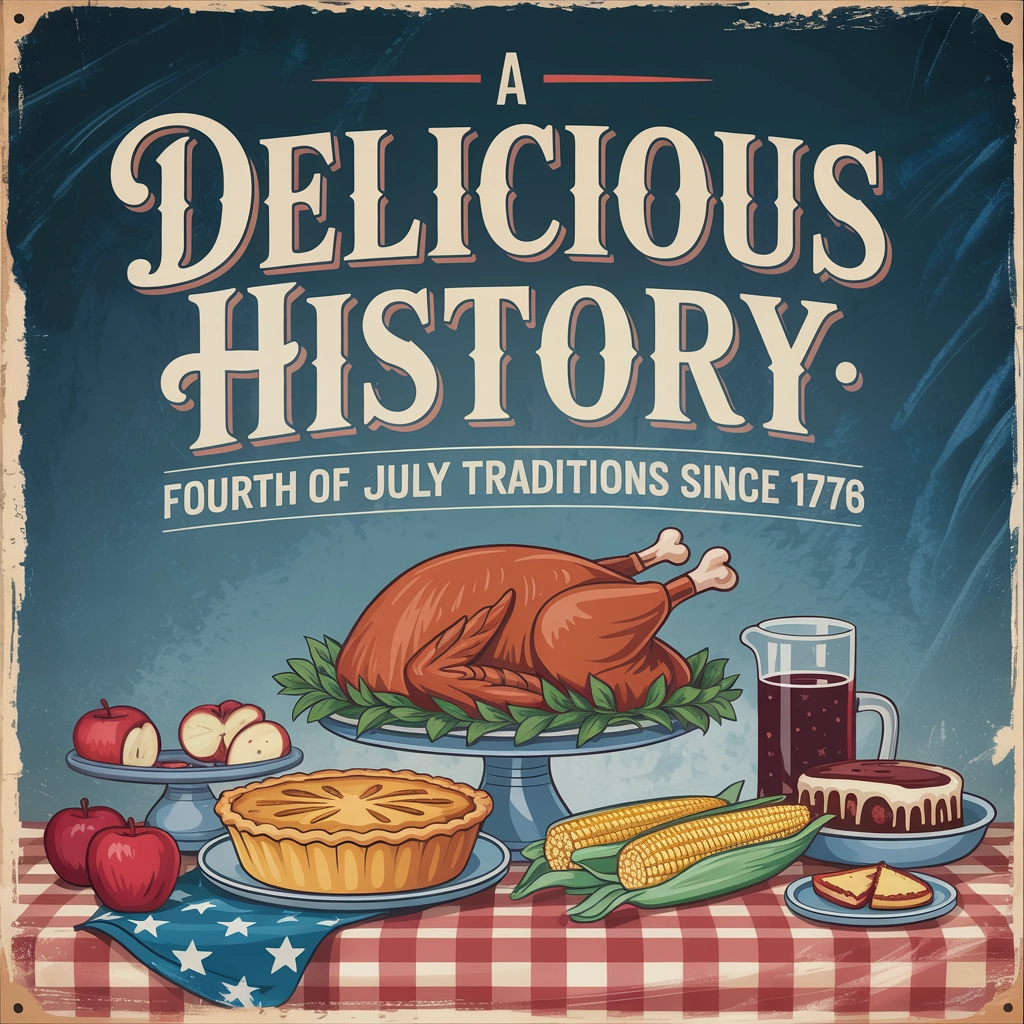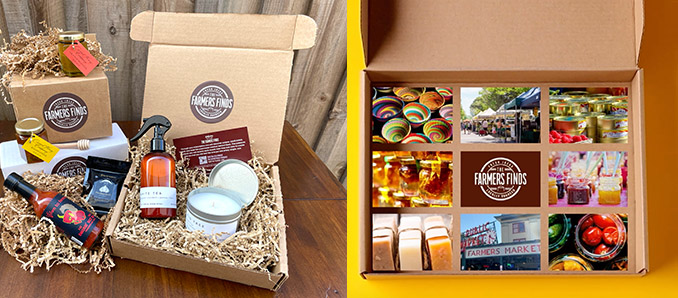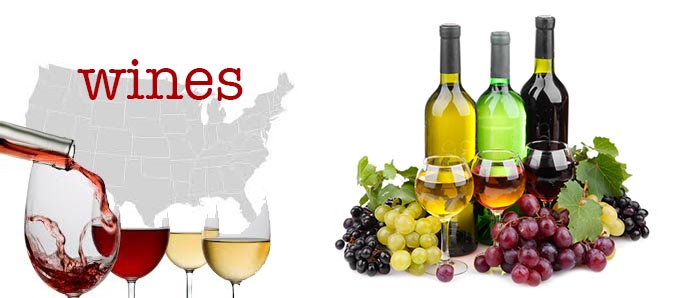Revolutionary Roots: The First Independence Day Feasts
When America declared independence in 1776, the culinary landscape was vastly different from the cookouts we know today. The earliest Fourth of July celebrations featured meals that reflected colonial American foodways—practical, seasonal, and shaped by regional availability.
John Adams, who famously predicted the Fourth would be celebrated with "pomp and parade," enjoyed a meal with his wife Abigail that included New England staples like poached salmon with egg sauce, green peas, and potatoes served "in jackets" (unpeeled). For dessert, Adams likely enjoyed apple pandowdy, a baked fruit dessert with a crumbled crust sweetened with molasses rather than costly imported sugar.
For ordinary colonists, celebrations centered around whatever was locally abundant. Game meats, preserved foods, and seasonal vegetables formed the backbone of these early patriotic meals. Without refrigeration, preservation methods like smoking, salting, and pickling were essential—techniques that would influence American cuisine for generations to come.
From Political Rallies to Family Picnics: The Evolution of Independence Day Feasting
By the early 19th century, Fourth of July celebrations had evolved into community-wide events featuring enormous feasts. These political barbecues served multiple purposes: feeding large crowds, demonstrating American abundance, and gathering voters for speeches and rallies.
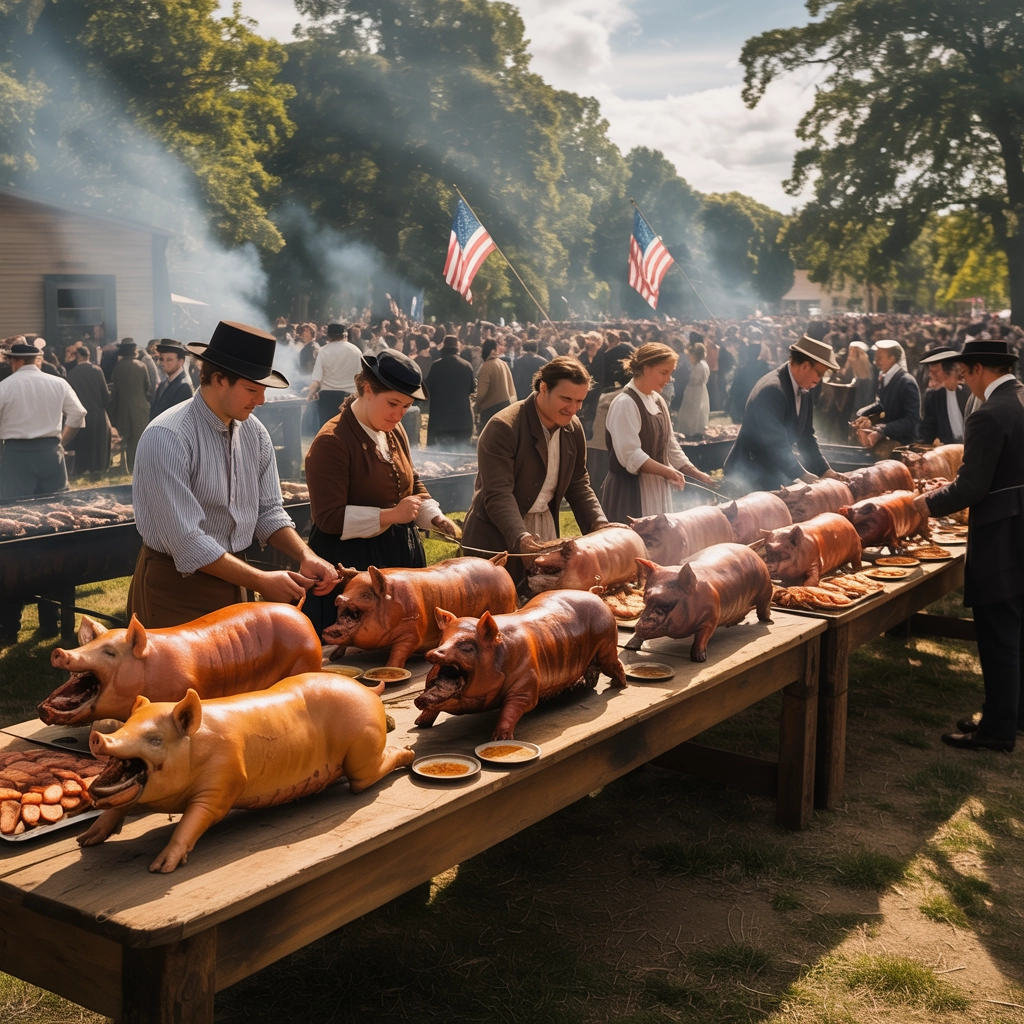
An 1837 account describes New York's Broadway lined with "six miles of roast pig" stalls, highlighting the scale of these celebrations. Southern politicians hosted massive barbecues where enslaved pitmasters slow-cooked whole hogs over hickory coals for crowds that sometimes numbered in the thousands. These events established the connection between outdoor cooking and patriotic celebration that persists today.
As America grew, regional differences in Fourth of July menus became more pronounced:
- New England celebrations featured seafood boils with lobster and clams
- Southern states centered on slow-cooked pork and regional sides like field peas
- Mid-Atlantic celebrations incorporated German-influenced dishes
- Western frontier celebrations relied heavily on game meats and native crops
The Birth of American Classics: Hot Dogs, Hamburgers, and Apple Pie
The iconic foods we now associate with Fourth of July celebrations didn't become fixtures until the late 19th and early 20th centuries. German immigrants introduced frankfurters in the 1860s, selling them from New York "dog wagons" with sauerkraut. The term "hot dog" emerged from jokes that these sausages contained dachshund meat.
Charles Feltman's 1871 Coney Island stand popularized hot dogs in milk rolls, selling over 3,600 in his first year of business. By 1893, they had become ballpark staples, setting the stage for their evolution into America's favorite patriotic fast food.
Hamburgers followed a similar path, evolving from Hamburg steaks brought by German immigrants into sandwiches sold at state fairs in the 1880s. Louis Lassen's 1900 New Haven lunch cart version used grilled beef between toast slices, creating what many consider the first true hamburger. Political rallies drove their popularity, with events celebrating legislation like the Sherman Antitrust Act featuring beef patties as nationalist alternatives to pork.
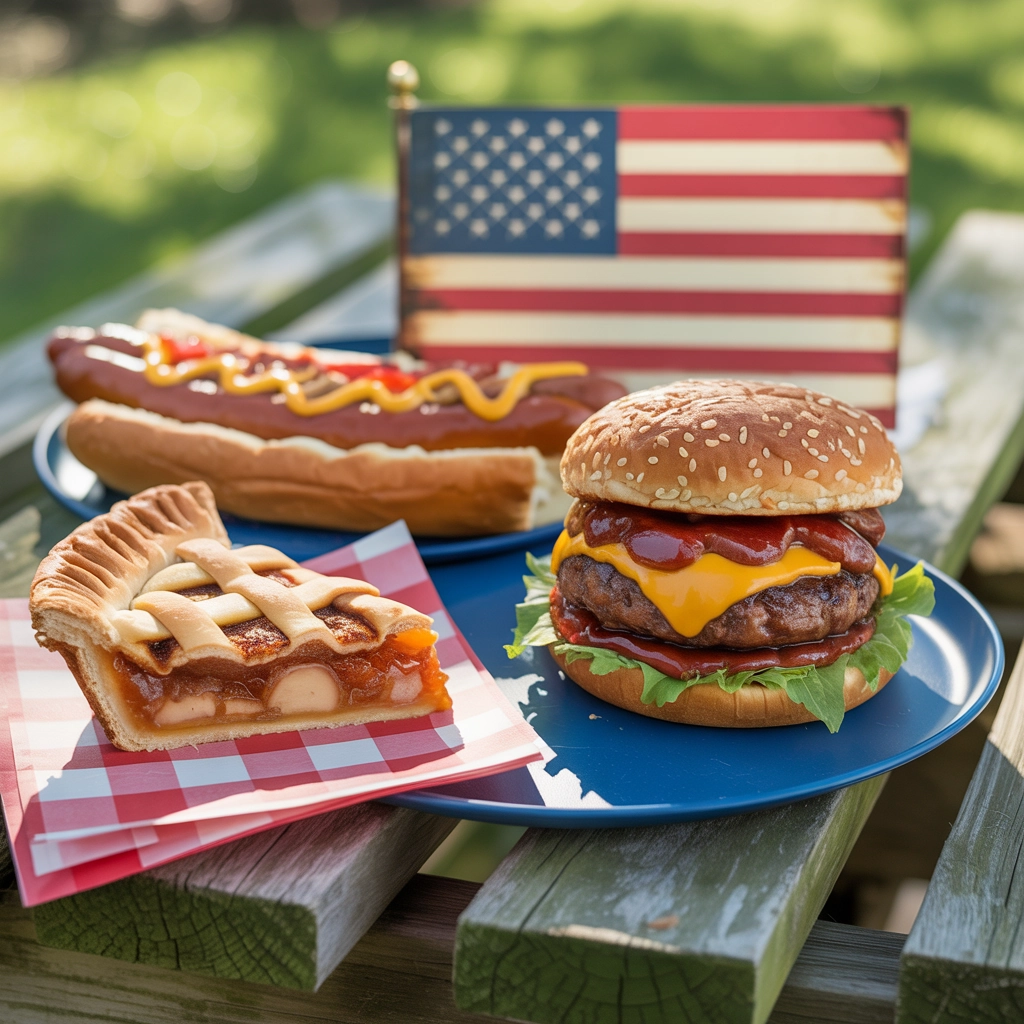
Apple pie, despite its English origins, was adapted by colonial cooks using American ingredients and techniques. Amelia Simmons' 1796 cookbook "American Cookery" included two apple pie recipes that modified European approaches: thinner crusts conserved scarce flour, while cranberry additions incorporated native fruit. During World War II, the phrase "as American as apple pie" gained popularity, cementing this dessert's patriotic associations.
The Founding Fathers' Favorite Foods
Our Founding Fathers' personal tastes influenced early American cuisine and, by extension, Fourth of July traditions:
George Washington's Mount Vernon table emphasized Virginia's bounty, featuring hoecakes (cornmeal patties fried in lard) served with honey and butter. His fisheries provided abundant shad and herring, while his distillery produced rye whiskey that accompanied many meals.
Thomas Jefferson, America's first notable foodie, revolutionized American palates after his time in Paris. He recorded the first ice cream recipe by an American, using egg yolks and vanilla in a specialized freezing pot. At Monticello, he grew over 250 plant varieties and treated meat "as a condiment" to vegetables. His 1801 presidential July 4th celebration featured macaroni and cheese and French fries, symbolizing America's cosmopolitan independence.
Benjamin Franklin championed American ingredients, even developing a recipe for tofu in 1770 to promote protein alternatives. His favorite turtle soup—a Philadelphia staple—used local snapping turtles, sherry, and herbs, becoming a fixture at early Independence Day feasts.
Side Dishes with Revolutionary Roots
The sides that accompany our modern Fourth of July barbecues have fascinating historical connections:
Corn on the Cob: Native American crops became independence symbols when Jefferson grew corn at his Parisian garden in 1787, serving boiled ears with salt as diplomatic statements. By 1850, Midwestern "roasting ears" were Fourth fixtures, brushed with pork fat over open fires.
Boston Baked Beans: This dish represents a Puritan adaptation of Native techniques. Narragansett tribes slow-cooked beans with maple syrup, while colonists substituted English navy beans, salt pork, and molasses from Caribbean trade. The connection to Boston's "Beantown" nickname made this dish particularly patriotic.
Watermelon: Native to Africa and spread through slave gardens, watermelon became a July 4th staple by 1800 for its hydrating properties in summer heat. Today, it remains a refreshing conclusion to Independence Day meals.
The Modern Fourth: Tradition Meets Innovation
Today's Fourth of July celebrations blend historical traditions with modern innovations. The backyard barbecue—popularized after WWII with the invention of the Weber grill in 1952—replaced the massive political rallies of the 19th century but maintained the connection between outdoor cooking and patriotic celebration.
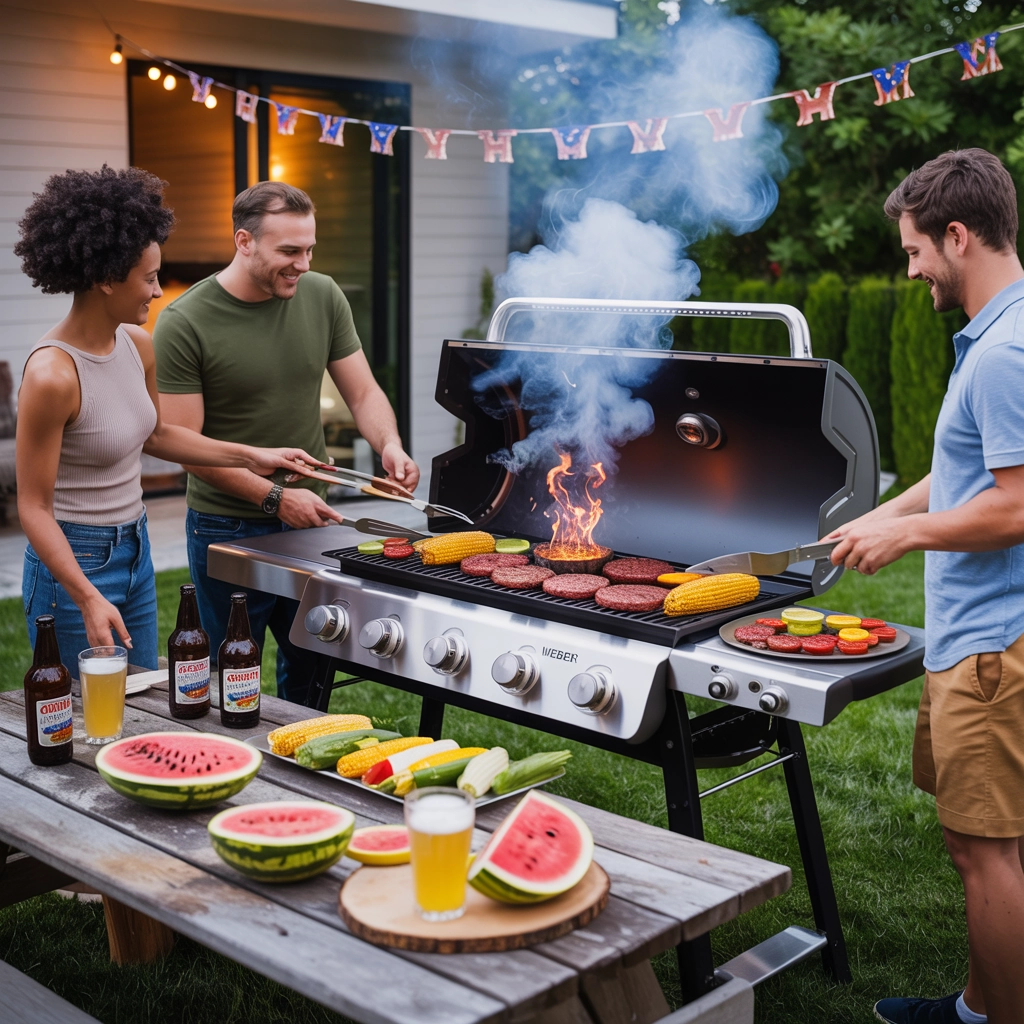
Regional variations continue to influence our celebrations:
- Kansas City and Texas barbecue sauces have commercialized regional styles
- New England clambakes maintain coastal traditions
- Southern-style fried chicken and cornbread honor agrarian roots
- Plant-based alternatives now provide options for the growing number of Americans embracing vegetarian and vegan diets
Craft beverages have also transformed the holiday, with microbreweries launching "Independence IPAs" featuring native botanicals, while hard cider—John Adams' daily drink—has resurged with heirloom apple varieties.
For Today's Food & Beverage Professionals
For today's hospitality professionals, the Fourth of July represents a unique opportunity to blend historical traditions with contemporary innovations. Successful Independence Day menus often feature:
- Heritage-inspired dishes with modern twists – Consider updating traditional recipes with current flavor trends or preparation methods
- Locally-sourced ingredients – Honoring the locavore approach of early Americans while meeting consumer demand for sustainability
- Interactive food experiences – Creating memorable moments through food stations or DIY elements that foster community, much like the political barbecues of the 19th century
- Visual patriotism – Red, white, and blue color schemes that extend beyond desserts
- Craft beverage pairings – Offering American-made spirits, wines, and beers that complement traditional Fourth fare
The Fourth of July table continues to serve as a palatable archive of American history—from colonial constraints to immigrant adaptations to modern innovations. As technology transforms the industry, Fourth of July celebrations remain a unique opportunity to honor culinary traditions while embracing change.
For those in the restaurant and hospitality business, Independence Day menus provide a canvas for showcasing both historical knowledge and creative innovation—proving that American identity continues to be as much tasted as believed.
Written by Michael Politz, Author of Guide to Restaurant Success: The Proven Process for Starting Any Restaurant Business From Scratch to Success (ISBN: 978-1-119-66896-1) linked to https://www.amazon.com/Beverage-Magazines-Guide-Restaurant-Success/dp/1119668964, Founder of Food & Beverage Magazine, the leading online magazine and resource in the industry. Designer of the Bluetooth logo and recognized in Entrepreneur Magazine's "Top 40 Under 40" for founding American Wholesale Floral. Politz is also the founder of the Proof Awards and the CPG Awards and a partner in numerous consumer brands across the food and beverage sector.



